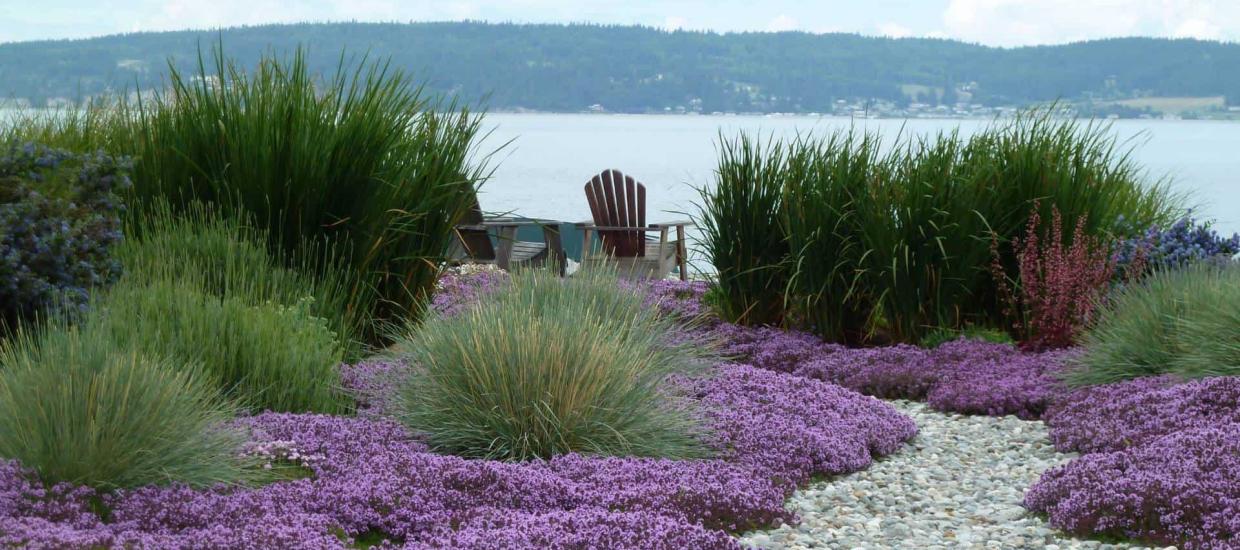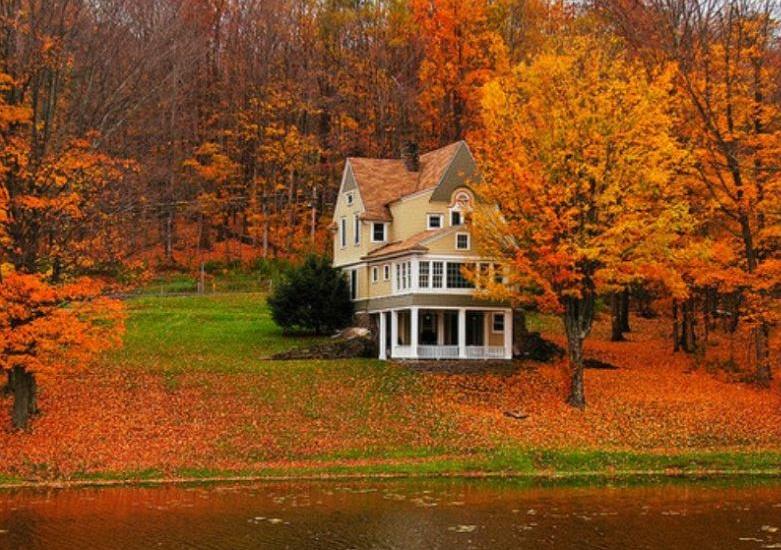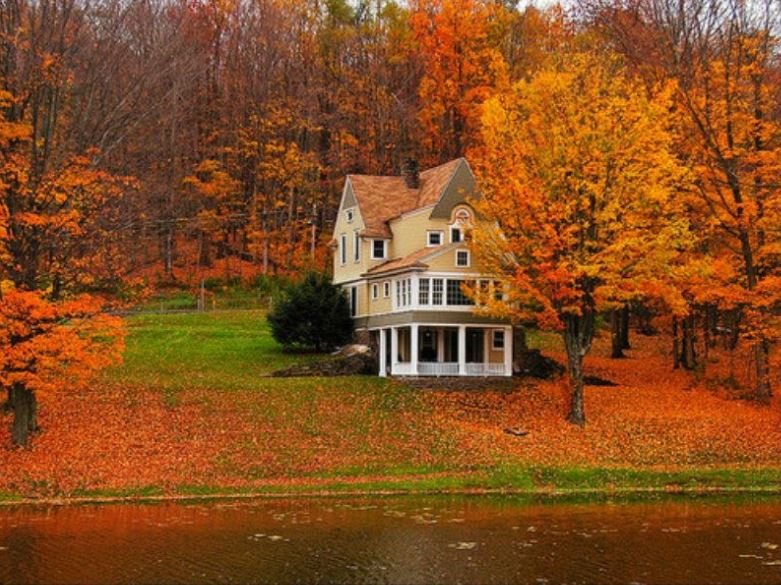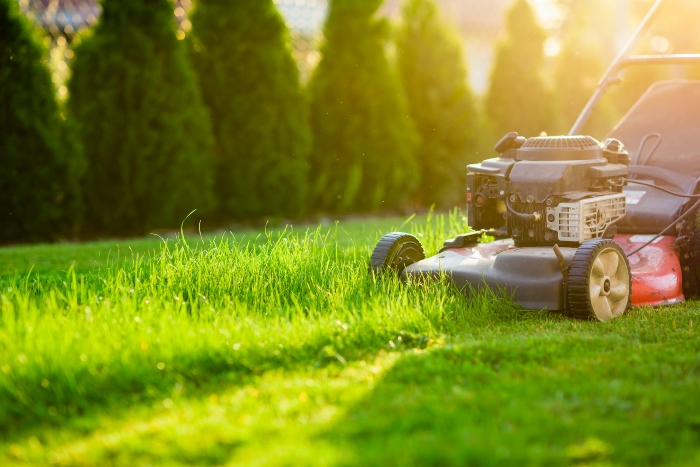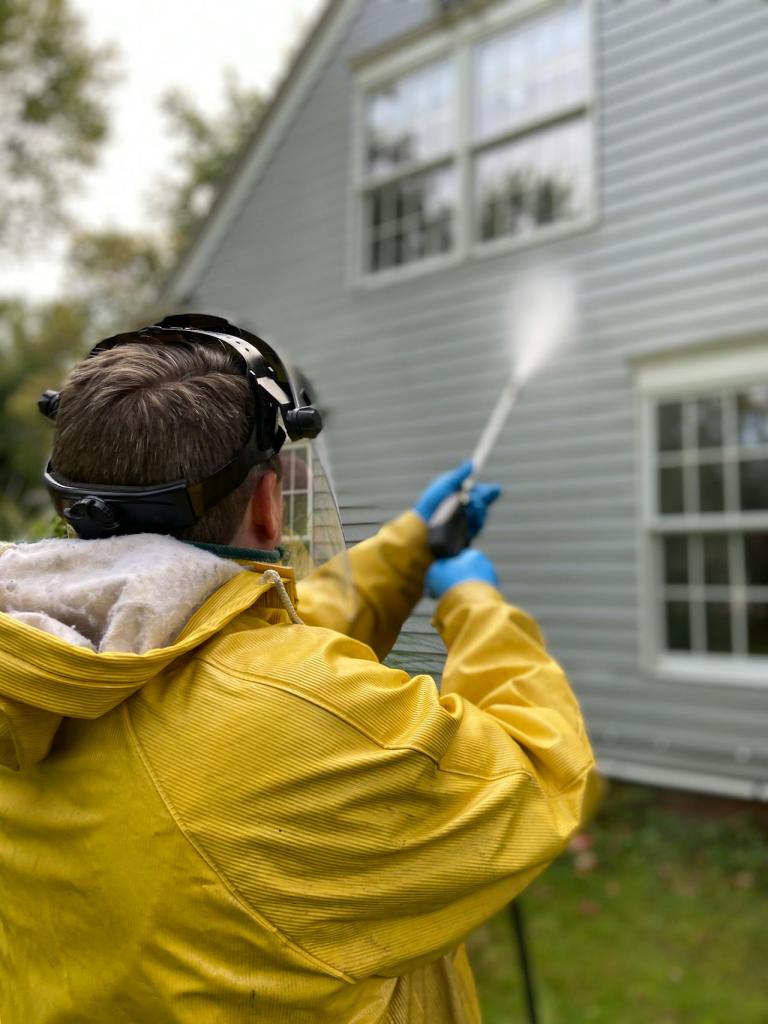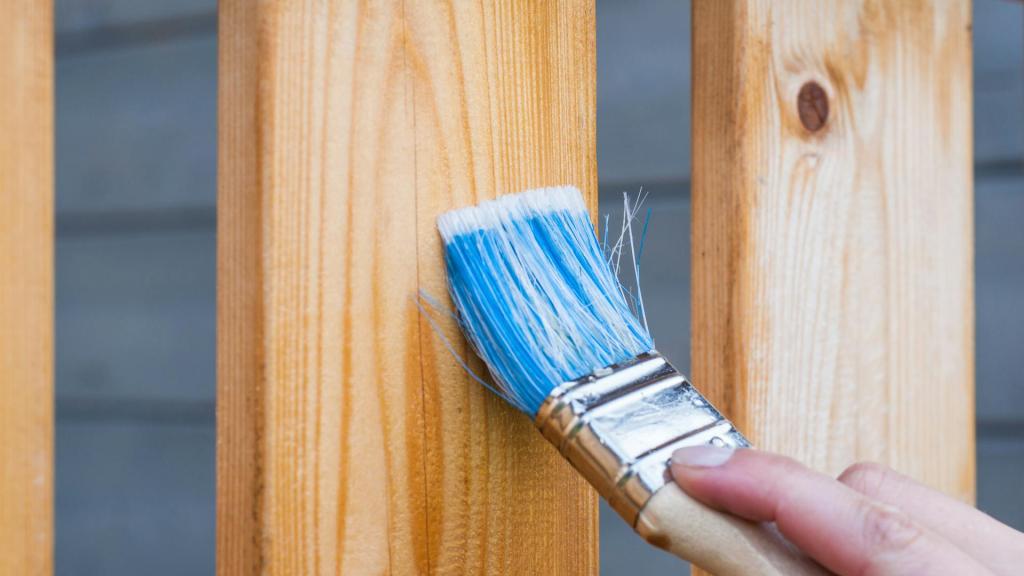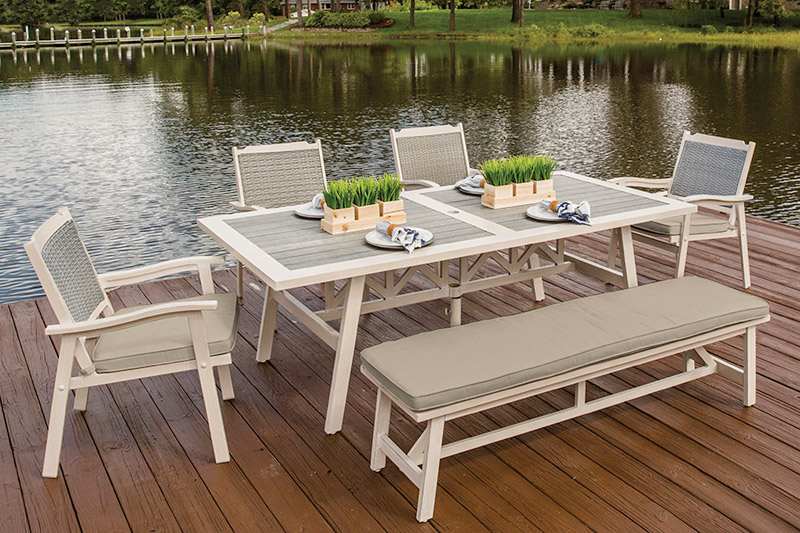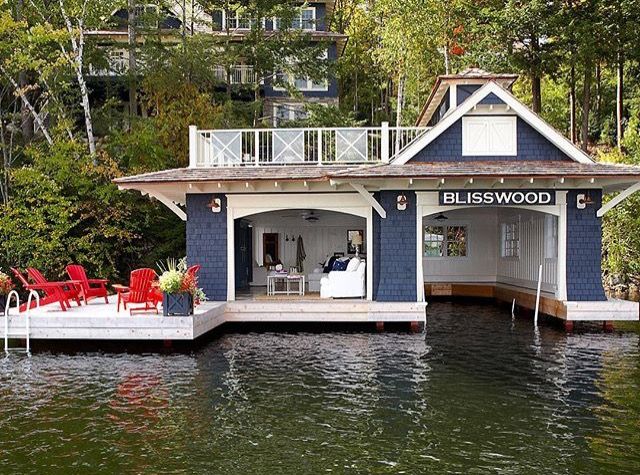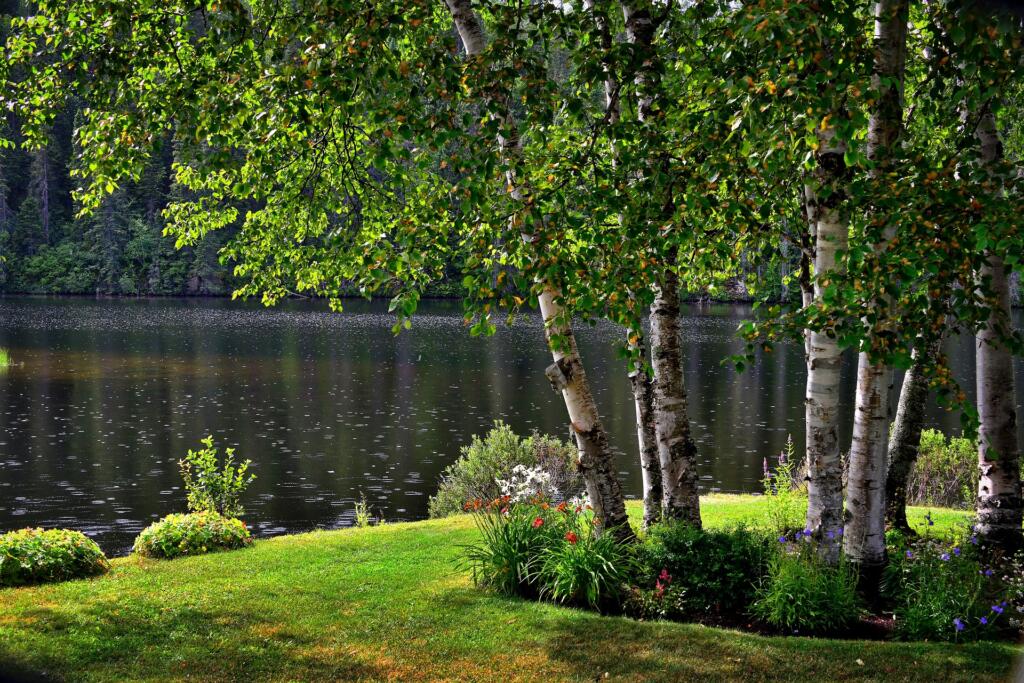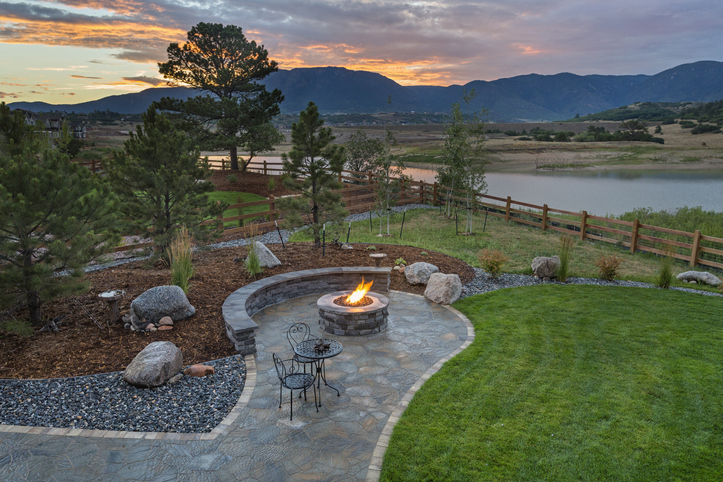
Those of us who love lake life know that water is a precious natural resource. We also know that enjoying a laidback lake lifestyle is far more appealing than spending hours on excessive watering and lawn maintenance. Now, more than ever, water conservation has become vital due to global warming, unpredictable droughts, and daily consumption by millions of people.
Experts estimate that American households use nearly 107,000 gallons of water per year, with about 50 to 70 percent to water their lawns and gardens. According to the EPA, “As much as 50 percent of the water we use outdoors is lost due to wind, evaporation, and runoff caused by inefficient irrigation methods and systems.” The good news? Creating a water-wise xeriscape (zer-i-skape) for your lake home can reduce your water usage by as much as 50 percent.
So, what exactly is xeriscaping? Originating from the Greek word xeros, meaning dry, combined with the word landscape, it is an eco-friendly sustainable method of landscaping that will ultimately conserve water, help protect the environment, and require less maintenance overall—a win-win for all of us. Coined in the early eighties by a team of landscape and water industry professionals in Colorado, xeriscaping has become increasingly popular in all areas of the country—not just drier climates.
Xeriscaping 101
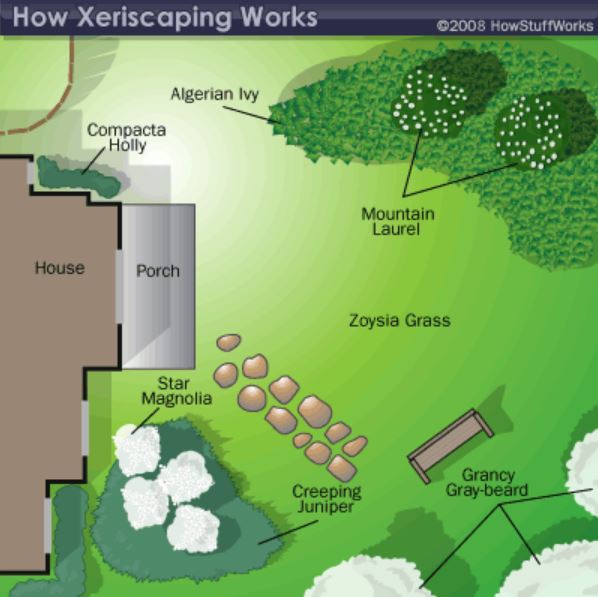
If you’re ready to embrace the idea of xeriscaping on your lake property, start with the basics. Developed by Ken Ball, ASLA LLA, a landscape architect who was part of the original xeriscaping team in Denver in the 1980s, the Seven Principles of Xeriscaping are a great guide to follow:
Planning & Design
First, sketch out a basic landscape plan on paper. Map out plant materials and hardscaped areas appropriate for your regional climate and include any water-saving solutions. For instance, plot out areas where you could replace turf with drought-resistant plants or mulching. Add stone walkways, a fire pit or barbecue pit, and any other desired seating and entertaining areas that may replace water-thirsty landscaping.
Strategize Turf Areas
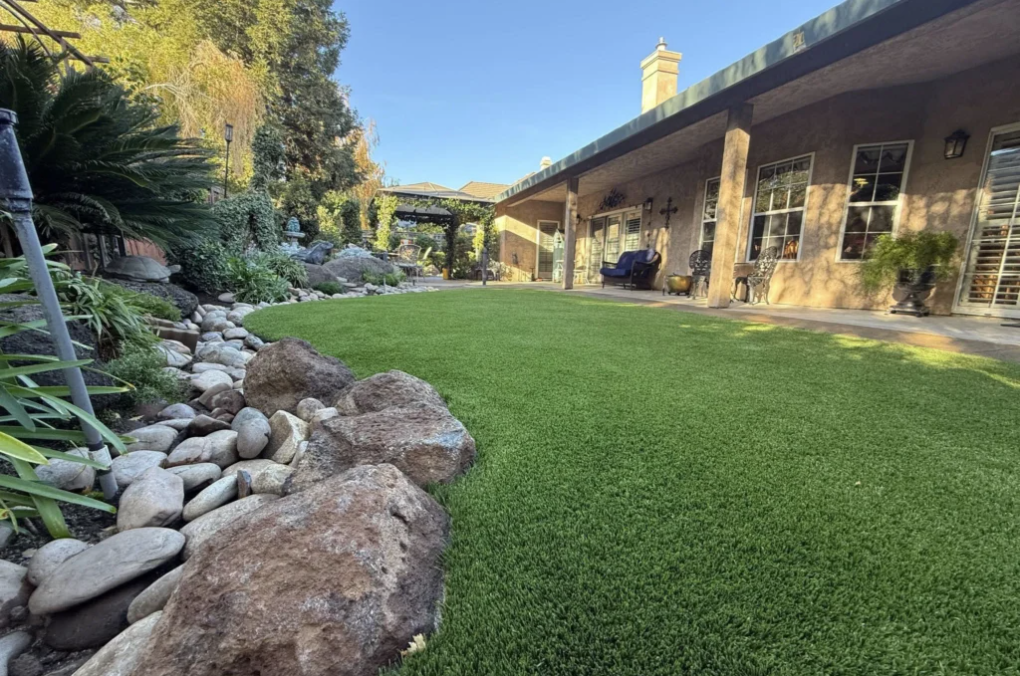
Limiting turf areas that require a lot of water and maintenance is an essential part of xeriscaping. Check with your local garden and lawn care center to learn more about native and low-water grasses suitable to your region and landscape aesthetic. There is no need to replace all your grass with mulch or gravel. Instead, think through how you use your yard and what best appeals to you visually. Consider using Bella bluegrass, a dwarf vegetative grass that thrives in warm and cool climates and most any soil type. It also requires less water and mowing than other typical turf lawns. Consider putting in low-growing ground cover, brick or stepping-stone pathways, or other more durable options that won’t look trampled down for heavy traffic areas.
Plant Selection
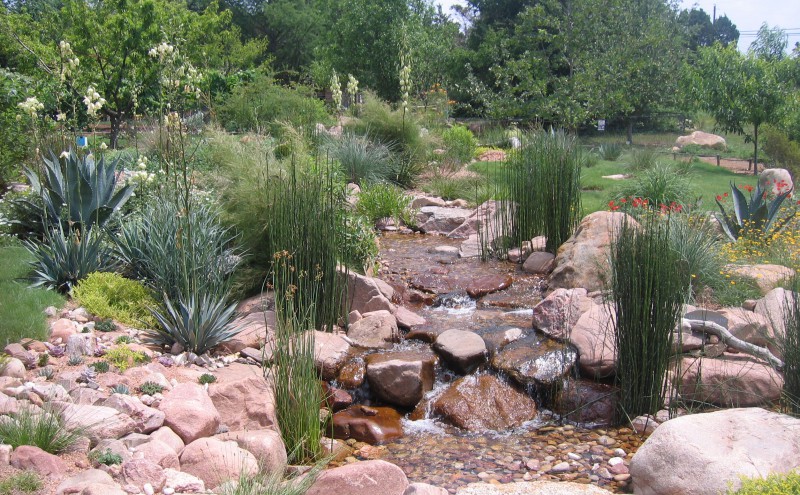
Choose your plants carefully. Consider the location and grouping of your plant materials and make sure they are drought tolerant and don’t require excessive watering. Remember that plants needing more sunlight will be happier on the western side of your landscape. Also, consider the slope of your lake landscape, as plants requiring little water are best placed at higher elevations, and thirstier plants will catch excess water if they are set lower. When xeriscaping, native plants perform best, but you can check with a garden center for a list of plants appropriate for your climate, soil conditions, and available resources. For more ideas, visit Epic Gardening.
Soil Improvement
Remember that good soil equals healthy plants. Most soil contains a combination of silt, sand, and clay, but silt ultimately performs best for xeriscaping. Clay can sometimes retain moisture too long, and sand can allow too much drainage. Rich, organic soils encourage deeper roots, absorb water better, and reduce water runoff.
Mulching
Adding mulch to your lake landscape is a relatively easy way to help your soil retain moisture, keep your plants—and the ground—cool, and minimize water evaporation. It’s not only aesthetically pleasing but also keeps weeds at bay. Choose from organic wood-based mulches like cedar, pine, and bark for sunny areas and stone-based inorganic mulches such as lava rock and cobblestone for shady spots.
Efficient Irrigation
Make sure you know the water requirements for all your plants and group them accordingly. Some can thrive in drier climates, and others will require more water, especially when newly planted and establishing their root systems. Without enough water, roots will lose their foundation and become weaker. Save watering instructions from your garden center and monitor your plants closely. Automatic sprinkler systems and hose-end sprinklers can provide efficient irrigation for your xeriscape. Keep any irrigation systems low to the ground to avoid excessive evaporation and prevent water from reaching unwanted areas. Micro-spray, drip, and bubbler irrigation systems are ideal for shrubs, flowers, and vegetables. Always check with a professional to keep up to date on the most current irrigation technology.
Maintenance
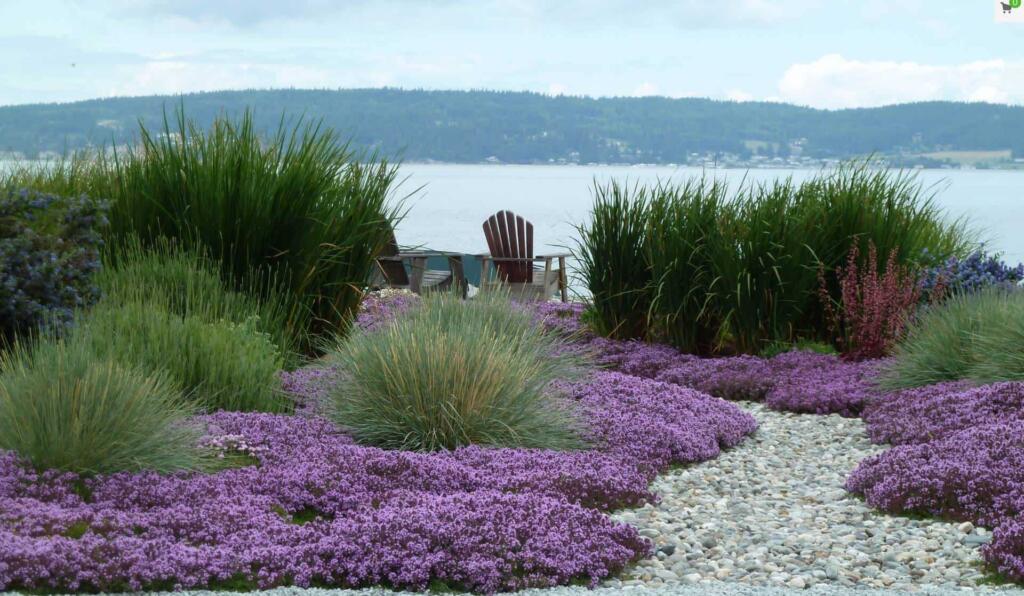
When it comes to xeriscaping, maintaining your lake landscape is surprisingly easy. As pioneer Ken Ball once said, “The further you take a design from the natural environment, the more maintenance you have to apply forever. If you don’t, Mother Nature will reclaim the site.” Think of xeriscaping as a more natural approach to gardening and landscaping. Its very intent is to create an eco-friendly environment, improve sustainability, and cut down on overall maintenance, mowing, and watering. Of course, you’ll want to groom your plants as needed and promote growth by keeping your yard clear of debris, leaves, and branches.
If you’re ready to embrace all the beautiful benefits of xeriscaping on your lake property, talk to a local landscape professional or visit Love Your Landscape for more information.

